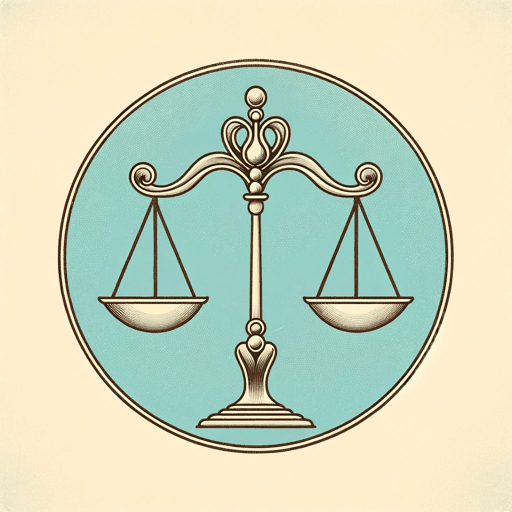57 pages • 1 hour read
Immanuel KantCritique of Pure Reason
Nonfiction | Book | Adult | Published in 1781A modern alternative to SparkNotes and CliffsNotes, SuperSummary offers high-quality Study Guides with detailed chapter summaries and analysis of major themes, characters, and more.
Summary
Prefaces and Introduction
Part I: “Transcendental Aesthetic”
Part II: “Transcendental Logic,” Book I, Chapter I
Part II: “Transcendental Logic,” Book I, Chapter II
Part II: “Transcendental Logic,” Book II, Chapters I-II
Part II: “Transcendental Logic,” Book II, Chapter III
Part II: “Transcendental Logic,” Division II, Books I-II, Chapter I
Part II: “Transcendental Logic,” Division II, Book II, Chapter II
Part II: “Transcendental Logic,” Division II, Book II, Chapter III
Transcendental Doctrine of the Method
Key Figures
Themes
Index of Terms
Important Quotes
Essay Topics
Further Reading & Resources
Part II: “Transcendental Logic,” Book I, Chapter IIChapter Summaries & Analyses
Transcendental Doctrine of Elements
Part II: Transcendental Logic, Book I: Analytic of Concepts, Chapter II, Sections I-II (First Edition) Summary
In the previous chapter of the transcendental analytic Kant presented the pure forms of understanding through the table of judgements and the table of categories. In this chapter, he must show how it can be that these forms can actually be applied to objects of experience. He refers to this project as transcendental deduction, that is, an explanation of the necessary way in which concepts are integral to the presentation of objects in human experience.
For Kant, experience is constituted by two very different elements: matter and form. Matter is provided to the mind through the receptive faculty of sensibility and form is applied to the matter “from the inner source of pure intuition and thought,” i.e., understanding. Though we have investigated both sensibility and understanding, we as yet have no idea how these two can be combined to create experience. Kant stresses the importance of discovering and deducing the source of this combination (synthesis). The problem is a difficult one: “how subjective conditions of thought could have objective validity, i.e., how they could yield conditions for the possibility of all cognitions of objects” (145).
Related Titles
By Immanuel Kant




